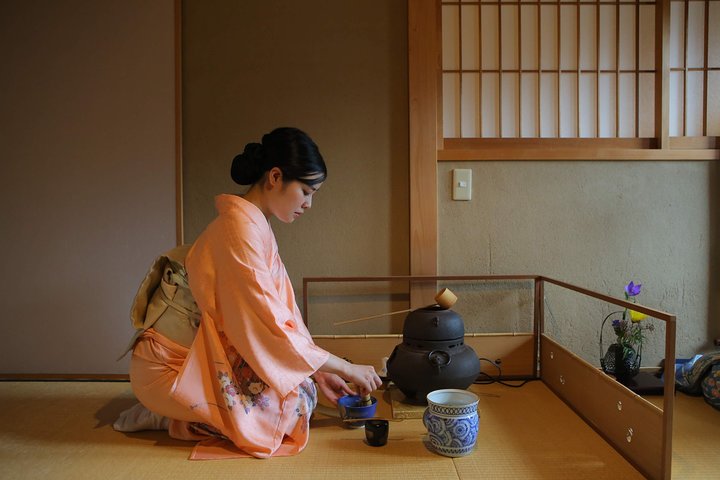Exploring the Spiritual Heart of Kyoto: A Hike Through Mount Kurama
Drawn by the allure of Kyoto’s spiritual mountains, I embarked on a journey through Mount Kurama, a place where tradition and nature intertwine. Join me as I explore hidden temples, ancient wisdom, and the serene village of Kibune.
A Journey Through Time and Nature
As I embarked on the Kyoto Mountain Hike, I was immediately struck by the harmonious blend of tradition and nature that defines the mountains of Kyoto. Growing up in a multicultural household, I have always been drawn to the rich tapestry of Japanese culture, and this hike offered a unique opportunity to delve deeper into the spiritual side of Kyoto.
Our journey began at the base of Mount Kurama, a place steeped in history and folklore. The air was thick with the scent of cedar, and the gentle rustling of leaves provided a soothing soundtrack to our ascent. Our guide, Mariko, was a wellspring of knowledge, sharing stories of the mythical tengu and the origins of Reiki, a healing technique that was born on this very mountain. As we walked, I felt a profound connection to the land, a feeling that was only heightened by the breathtaking views of the surrounding mountain ranges.
The path led us to the Yuki Shrine, where an 800-year-old cedar tree stood as a testament to the enduring power of nature. Here, I took a moment to reflect on the spiritual energy that seemed to emanate from the very soil beneath my feet. It was a reminder of the deep respect for nature that is so integral to Japanese culture, a respect that I have always admired and sought to understand more fully.
Discovering Hidden Temples and Ancient Wisdom
As we continued our hike, we meandered through the forest to Kurama-dera, a shrine dedicated to the worship of mountains and nature. The shrine offered a panoramic view of the landscape, a sight that was both humbling and awe-inspiring. It was here that I truly appreciated the balance between the natural world and human spirituality, a theme that resonates deeply with my work as a cultural consultant.
Our journey took us further into the mountains, where we encountered the mysterious Okunoin Maoden Temple. Nestled deep within the forest, this temple exuded an aura of mystery and intrigue. According to local legend, it is a place where demons reign, and the atmosphere was indeed charged with a sense of the unknown. It was a stark reminder of the rich folklore that permeates Japanese culture, a reminder that there is always more to learn and discover.
The hike was not without its challenges, particularly given the heat and humidity of the monsoon season. However, the shade provided by the towering trees and the cool breeze from the river made the journey more than bearable. It was a testament to the resilience and adaptability that is so characteristic of the Japanese people, qualities that I have always admired and sought to emulate in my own life.
Embracing the Serenity of Kibune
Our final destination was the tranquil village of Kibune, a place that seemed to exist in a world of its own. Here, we visited the Kifune Shrine, a site dedicated to the God of water and rain. The shrine was surrounded by streams of pure mountain water, and the sound of flowing water provided a calming backdrop to our visit. It was a place of reflection and introspection, a place where I could truly appreciate the beauty and serenity of the natural world.
In Kibune, we enjoyed a local style lunch, a simple yet delicious meal that was a testament to the culinary traditions of the region. The village itself was a charming blend of old and new, with quaint gift stores and modern conveniences coexisting in harmony. It was a fitting end to a journey that had been both enlightening and enriching.
As I made my way back to the city, I reflected on the experiences of the day. The Kyoto Mountain Hike had offered a unique insight into the spiritual and cultural heritage of Japan, a heritage that I am proud to share with my readers. It was a reminder of the importance of mindfulness and tradition, values that are at the heart of Japanese culture and that continue to inspire my work as a travel writer.





















































